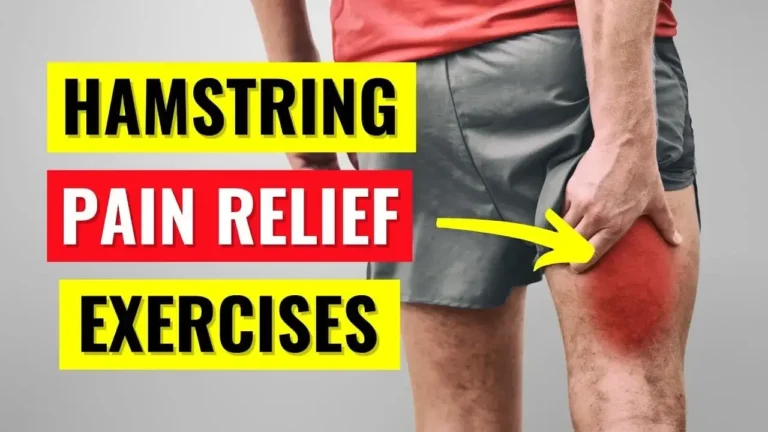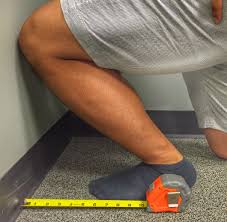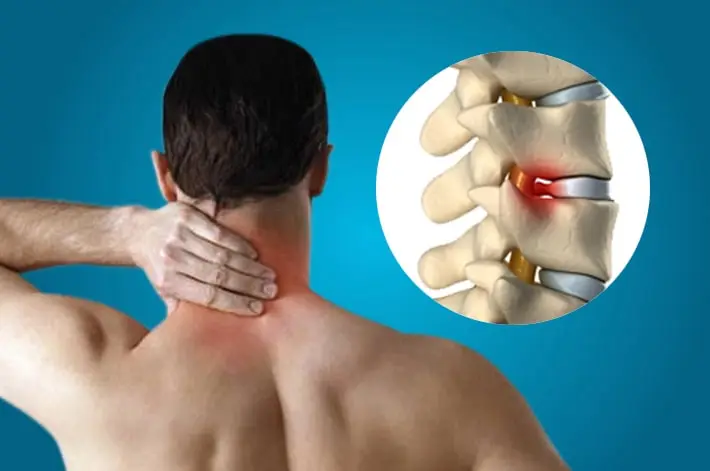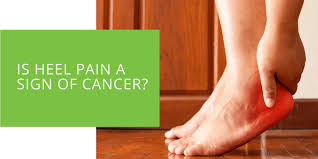Neuromuscular Reeducation
What is a Neuromuscular Reeducation? Neuromuscular Reeducation is a therapeutic technique used in physical therapy to restore normal movement patterns and improve coordination, balance, posture, and muscle activation. It is often used after injury, surgery, or neurological conditions to retrain the nervous system and muscles to work together efficiently. Muscles and nerves collaborate to move…










